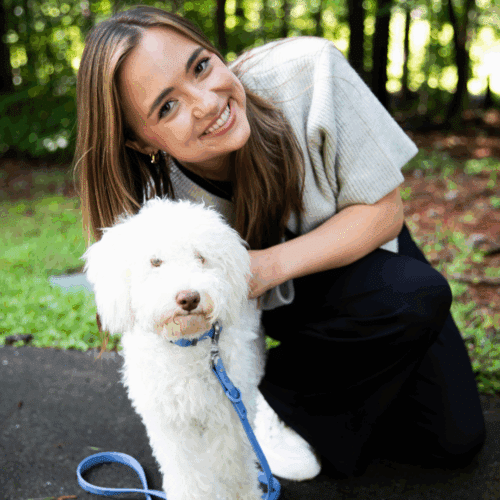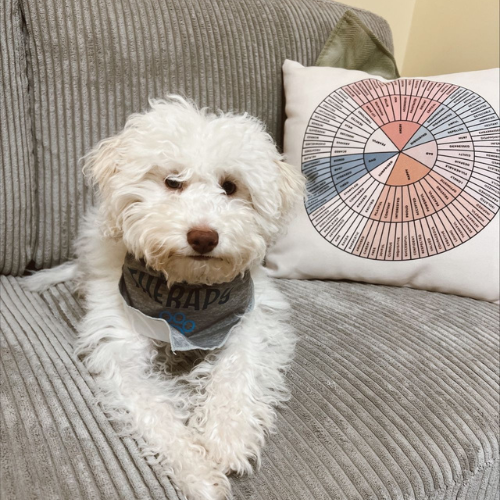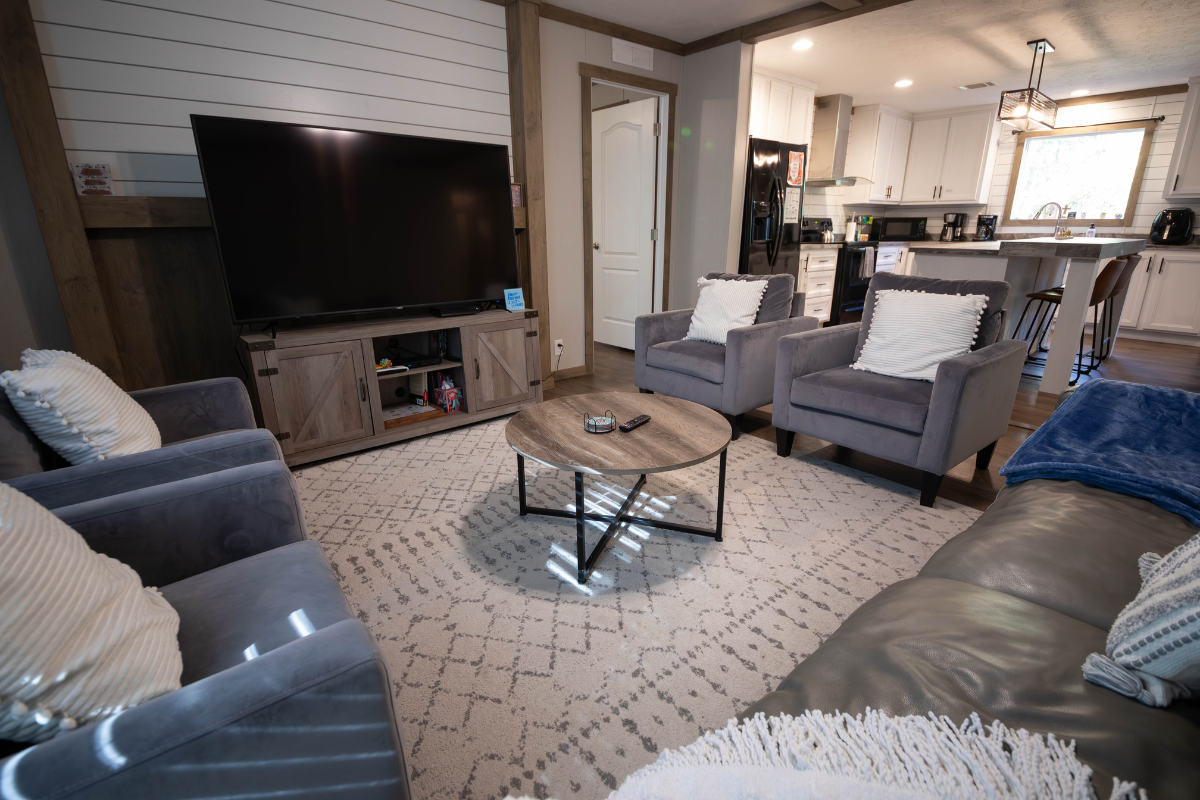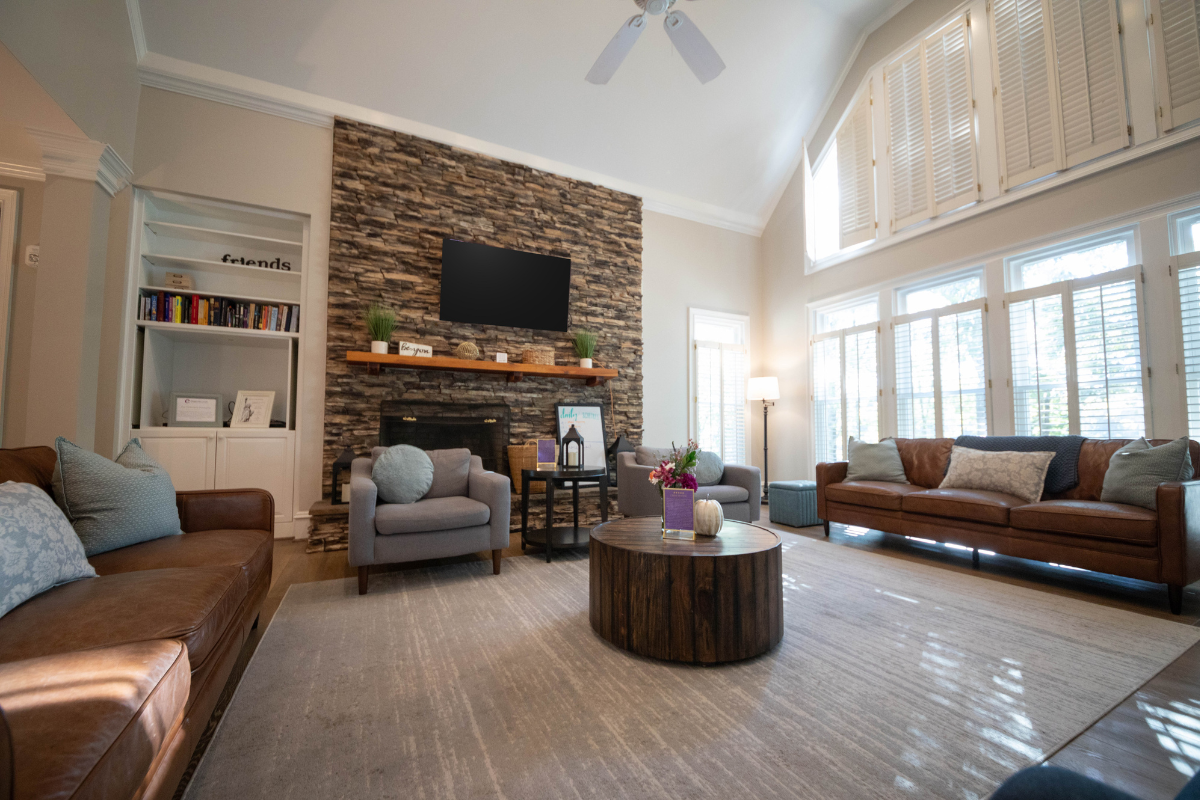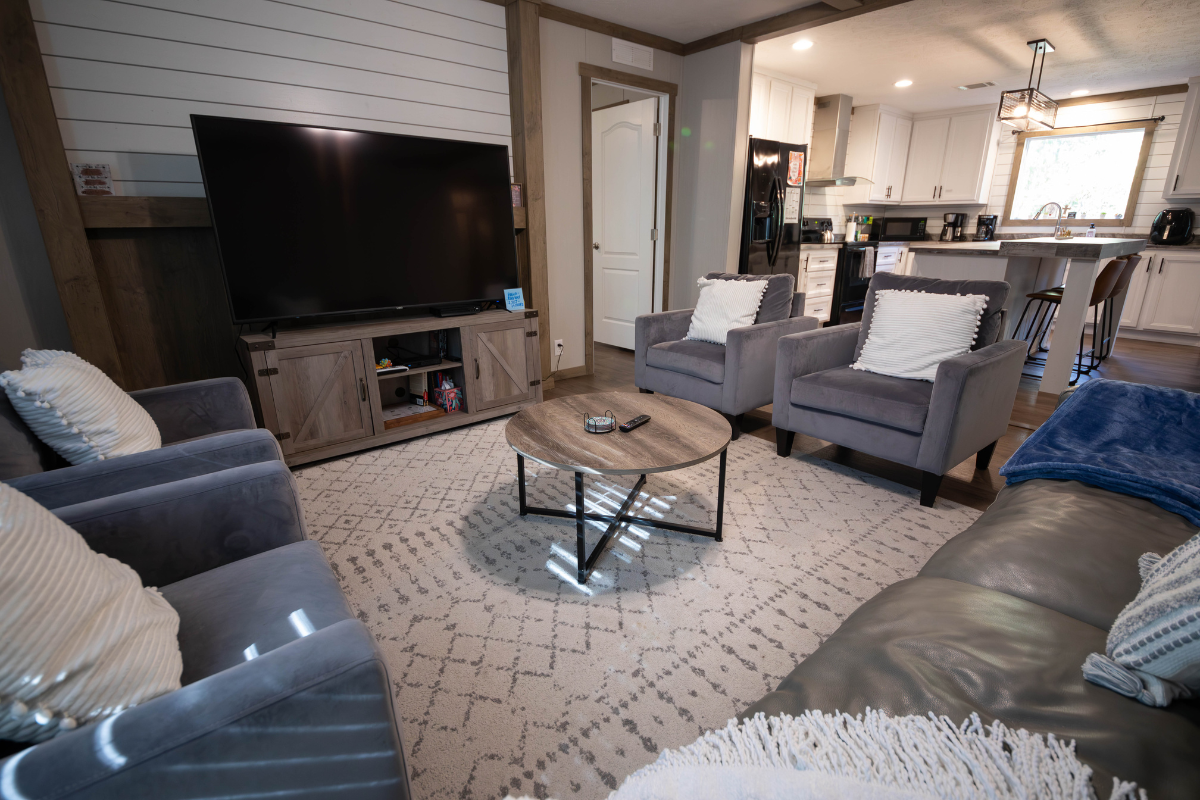Group Therapy
Group therapy helps acquire skills, knowledge, and coping mechanisms while also connecting with peers who understand their journey.
Group therapy at Magnolia Creek
Magnolia Creek offers various therapy groups within our treatment programs, enabling clients to find mutual validation, support, and a sense of community as they navigate the recovery journey. Our therapy groups cover a range of treatment modalities and focus on key aspects of healing, including trauma, relationships, nutrition and cooking, life skills, and more.

What is group therapy?
In eating disorder treatment, group therapy offers clinician-led, evidence-based support in a shared setting. Clients connect through mutual understanding, build social bonds, and encourage one another — creating a sense of belonging during a time when many feel isolated, misunderstood, or alone in their recovery.
Group therapy plays a vital role in eating disorder treatment, drawing on the power of shared experience, peer connection, and a supportive community to aid healing.
How group therapy supports eating disorder recovery
Group therapy is a core pillar of eating disorder care, complementing individual and family therapy, nutrition counseling, and medical support to create a whole-person path to healing.
Benefits of group therapy:
Eases isolation, shame, and self-blame by showing that others share similar struggles and emotions.
Builds community through shared experience, mutual respect, and emotional connection.
Challenges disordered thoughts about food, body image, and self-worth by exposing individuals to new perspectives.
Promotes accountability through regular check-ins, progress sharing, and peer support.
Enhances communication and coping skills by practicing healthy self-expression and boundary-setting in a safe space.
Together, these group dynamics provide a sense of belonging and resilience — reminding each individual that healing is not only possible, but also strengthened through connection.
Voices from Our Community
"When I was admitted, the staff were all so welcoming and supportive that I was able to adapt very quickly. The groups were very helpful in educating me during my journey and varied from art, scientific, or therapeutic activities."
Grateful Alum, Magnolia Creek
Our Therapy Groups
- Addictive behaviors
- Body appreciation
- CBT + DBT
- Cooking
- Creative arts
- ERP group
- Experiential therapy group
- Family dynamics group
- Identity, strengths, + values
- Lunch outings + grocery shopping
- Mindfulness
- Motivational interviewing
- Narrative therapy
- Nutrition + meal planning
- Process, psychodynamic therapy, + self-reflection
- Trauma + recovery
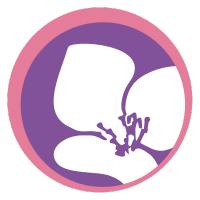
The Magnolia Creek Difference
We provide whole-person, evidence-based care that extends beyond symptom relief. Through culinary integration, co-occurring disorder treatment, and ongoing support, we help clients develop a strong foundation for lasting recovery at every stage of their journey.
Step into healing at your own pace.
Magnolia Creek offers two distinct levels of care — residential treatment and partial hospitalization — with a focus on tailoring each client’s treatment plan to their unique diagnosis and recovery goals.
Renew your hope at Magnolia Creek.
Contact us today or complete our form to connect with an admissions specialist who will guide you to the right program. Healing is just a call away.
Your privacy is our priority. All communication is completely confidential.



